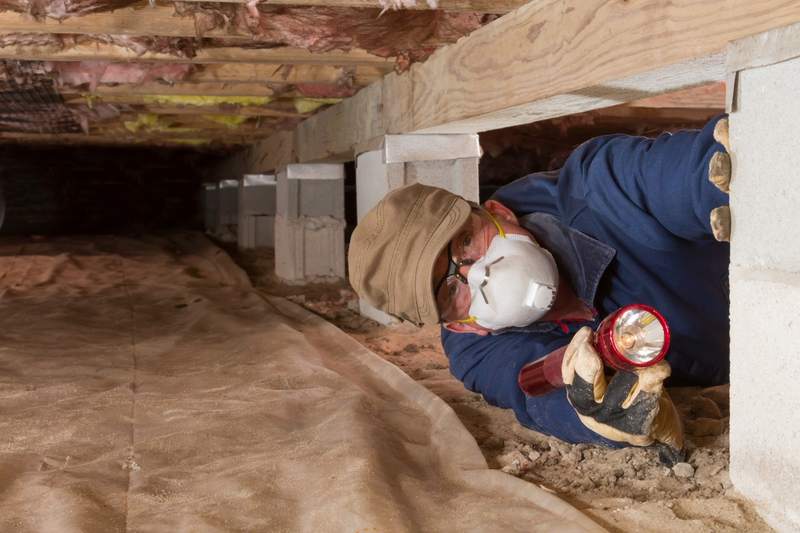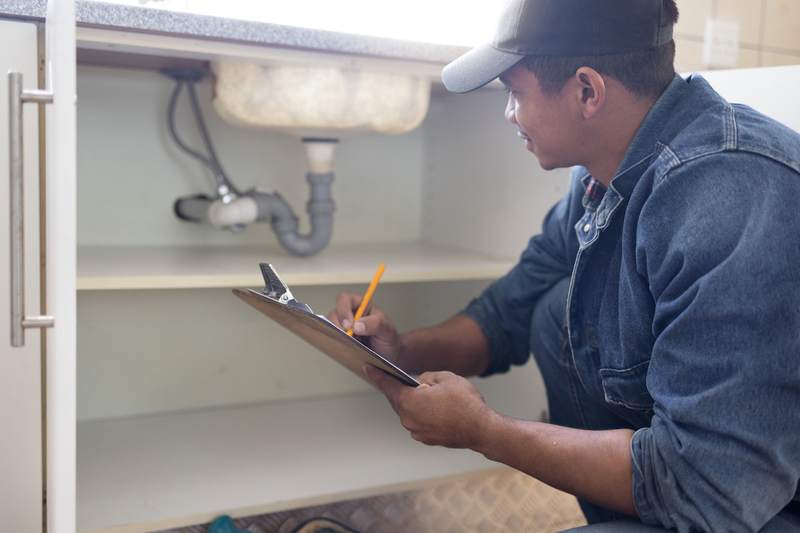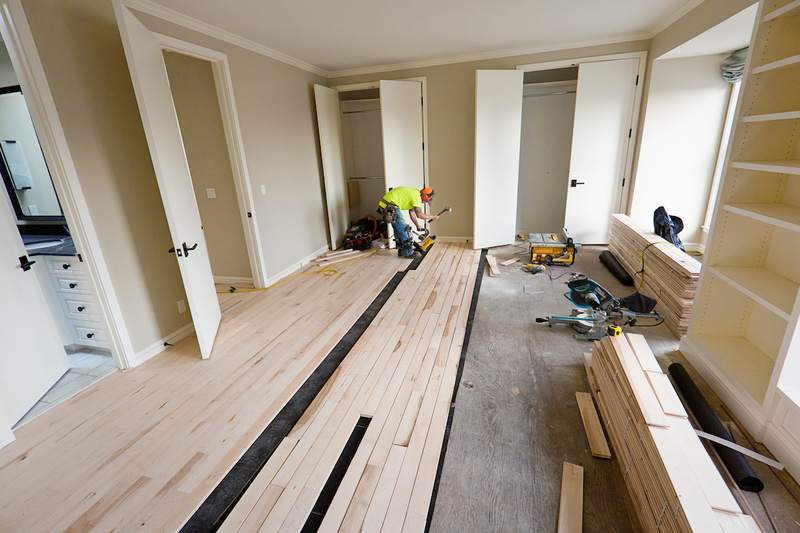
Homeowners insurance protects your home, as well as your belongings, from insured disasters like fire or theft. It also covers you if someone is injured on your property, and pays for legal fees and court awards if they decide to file a lawsuit against you for their injuries.
Mortgage lenders typically require that you have homeowners insurance, but you get to choose your provider and decide how much coverage to buy. You’ll typically be asked to provide proof of insurance before you can close on your loan.
If you’re ready to apply for a mortgage, it’s time to get cracking on buying a homeowners insurance policy.
Step-by-Step Guide to Buying Homeowners Insurance
If it’s your first time purchasing homeowners insurance, here are the steps to take.
1. Decide what you want to be covered against
The first step is figuring out what kind of coverage you need. Most homeowners insurance policies protect against fire, smoke, ice, and other disasters. However, they typically don’t cover damage caused by floods or earthquakes. You may decide to buy more extensive coverage, depending on where you live.
2. Determine how much insurance you need
Insurers often advise homebuyers to purchase enough insurance to cover the cost of fully rebuilding or repairing their home if it’s severely damaged by an insured disaster. If your home would cost $500,000 to rebuild, then you’ll need at least that much coverage.
Another important part of your policy is loss of use. This covers the cost of temporary housing if you are displaced by a disaster and need to live somewhere else while your home is getting repaired.
You’ll also want to make sure you have enough insurance to cover three to six months’ worth of living expenses while you wait to get paid for a claim.
“You need enough coverage to rebuild your home from the ground up,” says Leslie Kasperowicz, an insurance educator and managing editor of Insurance.com based in the greater Minneapolis-St. Paul area. “That number is your dwelling coverage and is a calculation of the replacement cost of your home. Because that number changes over time due to things like inflation and changes to your home like remodeling, it’s a good idea to purchase extended replacement cost coverage.”
3. Choose an insurance provider
It’s recommended to research and compare homeowners insurance policies before choosing one. Be sure to compare quotes from several reputable insurers to make sure you’re getting the best deal.
Where can you buy homeowners insurance?
If you already have other insurance policies, you can start by checking if your existing providers offer homeowners insurance. Many insurers provide discounts when you bundle different types of policies.
An insurance agent can also help you compare policies and answer any questions.
4. Choose a homeowners insurance policy
As you compare quotes from different insurers, take note of both the cost of the policy as well as what’s included. Sometimes, paying a little more can get you a lot more coverage.
For example, one policy could cost $100 per month and offer $200,000 in coverage, but another could cost $200 per month and offer $500,000 in coverage. If you’re trying to keep your insurance bill as low as possible, then you might choose the $100 policy. However, if you want to get a better deal, then you might select the $200 policy.
What to look for in a policy
Your policy will come with coverage limits, so be sure to consider the following factors when deciding how much insurance to buy. Here’s a breakdown of what to look for in a homeowners insurance policy:
What To Look For in a Homeowners Insurance Policy
| Factor To Consider | Explanation |
| The cost of fully rebuilding. | If your home is destroyed, then you’ll need enough coverage to rebuild it. According to the Insurance Information Institute, you can estimate how much that would cost by multiplying the square footage of your home by the building cost per square foot in your area. |
| The value of your possessions. | Take stock of your belongings and how much they would cumulatively cost to replace. Certain expensive items — like silverware and jewelry — will come with special coverage limits. |
| How much liability coverage you need. | The Insurance Information Institute recommends purchasing at least $300,000 to $500,000 in liability coverage. |
| Your deductible. | If you file a claim, your deductible is the amount you have to pay before your insurance kicks in. A typical deductible for homeowners insurance ranges from $500 to $2,000. |
5. Finalize policy details
The cost of your homeowners insurance will be listed on the first page of your loan estimate under the section labeled “projected payments.”
It’s common to pay your homeowners insurance through an escrow account as part of your monthly payment to your mortgage lender. When you make your monthly payment, a portion of it will be earmarked for homeowners insurance and held in the escrow account. Then, it will get paid out of the escrow account when your insurance bill is due.
Depending on the lender, you may have to pay up to a year’s worth of homeowners insurance upfront as part of your closing costs.
Tips for Purchasing Homeowners Insurance
Here are some tips to keep in mind as you shop for homeowners insurance:
- Research and compare insurers. You can start by asking your lender or real estate agent for a list of reputable insurers. The National Association of Insurance Commissioners has a database you can search to see any complaints that have been filed against an insurer. “The best thing you can do is shop around,” Kasperowicz says. “Rates can vary between companies by hundreds of dollars, and it’s the easiest way to save.”
- Avoid a bare-bones policy. While you might want to keep your insurance bill low, it’s important to have enough coverage to pay for the cost of repairing or rebuilding your home in case disaster strikes. “Everyone wants to save money, but cheap coverage at the expense of good coverage provided by a reputable company isn’t worth it,” Kasperowicz says.
- Carefully review your policy. Make sure that you fully understand the coverage you’re getting before you purchase a policy.
- Document your belongings on video. Record all your belongings on video — especially expensive items — so you’ll have documentation in case you need to file a claim.
- Periodically review your policy. Check your policy every so often to make sure you still have the coverage you need.
FAQ
Here are the answers to some frequently asked questions about buying homeowners insurance.











